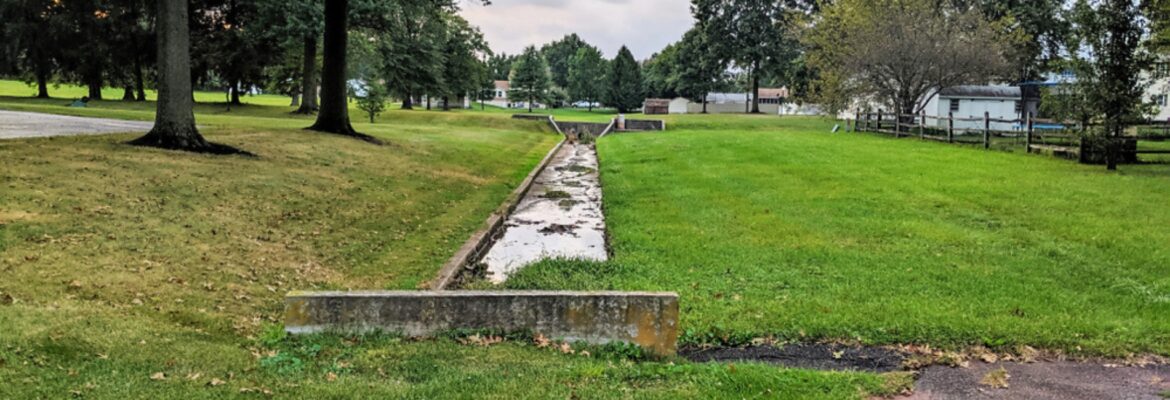
The Superior Court of Justice was asked in McKinlay v. Chatham-Kent (Municipality) 2024 ONSC 2811 (CanLII), to decide whether the municipality that benefitted from a drainage easement had the obligation to repair the drain.
A prior owner of the subject land granted an easement to the Province of Ontario to install a drainage system on the owner’s farmland that abuts Highway 401 which was registered on title in 1959. The original agreement respecting the easement contemplated that the Province would turn it over to the local Township. The drainage system was constructed in 1960 and an easement from the Province to the Township was subsequently registered in 1960. The plaintiff acquired the farmland in 1985 and the Township was amalgamated into the defendant municipality in 1997.
It is alleged that the drain fell into disrepair and in 2015 became clogged and inoperable and the plaintiff has been suffering crop loss. It is alleged that the municipality refused to take responsibility for repairing the drain. The plaintiff undertook repairs of the drain and commenced an action against the Province and municipality for repair costs and consequential damages for lost crops. The action was earlier discontinued against the Province.
In a summary judgment motion, the plaintiff sought a declaration that the municipality was obligated to maintain the drain and pay the plaintiff’s costs to repair the drain.
The Court determined that just because the municipality had the right to enter the lands to repair the drain, it did not have the obligation under the grant to conduct those repairs. Quoting from the English case of Jones v. Pritchard, [1908] 1 Ch. 630:
[T]he grant of an easement is prima facie also the grant of such ancillary rights as are reasonably necessary for its exercise or enjoyment.
[T]here is undoubtedly a class of cases in which the nature of the easement is such that the owner of the dominant tenement not only has the right to repair the subject of the easement, but may be liable to the owner of the servient tenement for damages due to any want of repair. Thus, if the easement be to take water in pipes across another man’s land and pipes are laid by the owner of the dominant tenement and fall into disrepair, so that water escapes on to the servient tenement, the owner of the dominant tenement will be liable for damage done by such water. Strictly speaking, I do not think that, even in this case, the dominant owner can be said to be under any duty to repair.
In McKinley, the Court stated
[I]n the absence of express language otherwise, the owner of the dominant tenement does not, in a strict legal sense, have a duty to keep the works upon the easement in good repair. Rather, it enjoys the right to enter upon the easement to maintain and repair as rights ancillary to the easement. Given the absence of any such language, I find that neither the Original Easement nor the Transferred Easement create a positive obligation on the part of the Municipality to keep the Drain in good repair.
What if there was an obligation to repair in the original grant to the Province? Even then, a servient owner could have difficulty in enforcing that obligation. See the 2018 article by my colleague, Ray Mikkola, Enforcement of positive covenants on subsequent owners . In that regard, the Court of Appeal in Black v. Owen 2017 ONCA 397 confirmed that the rule against positive covenants running with title continues to be in good law and that the benefit and burden exception to that rule does not apply in Ontario.
Since this decision related to a motion for summary judgment, the municipality’s liability, if any, is still to be determined. Although not part of the decision, if the plaintiff is successful in relation to a claim for nuisance, then the Court has the power to issue a mandatory injunction to cause a person to take positive steps to stop the nuisance. See, for example, Baumann v. Capello 2024 ONSC 357. Whether the plaintiff can recover the costs that he incurred in repairing the drain to stem the continuation of the alleged nuisance is also to be determined.
When drafting an easement, one needs to consider who is obligated to repair and how to enforce those obligations with the knowledge that the parties to the easement will change over time.
My colleague, Ray Mikkola, has also published an article on some of the issues that this decision left outstanding.
